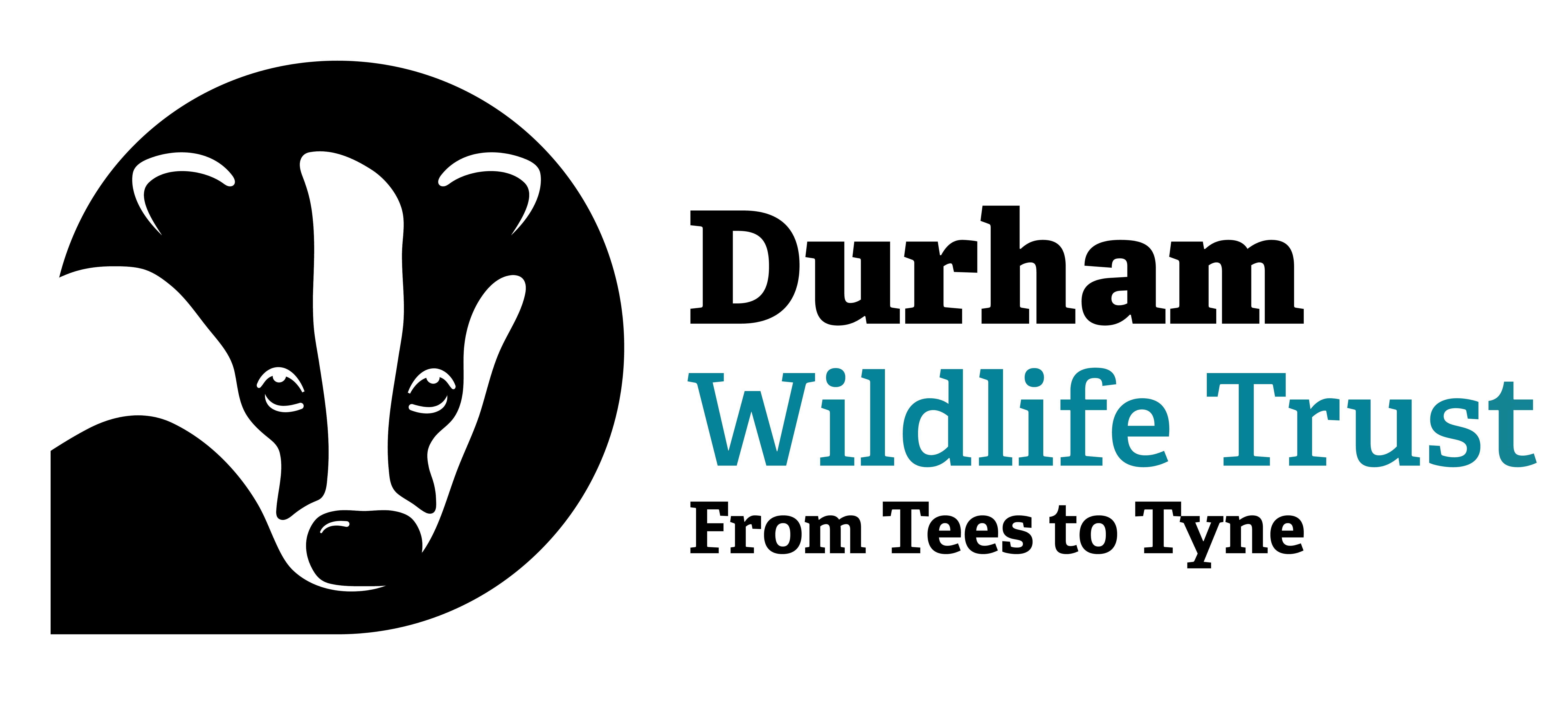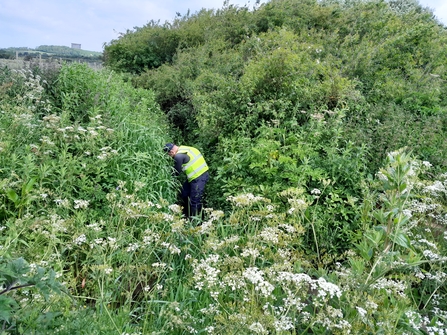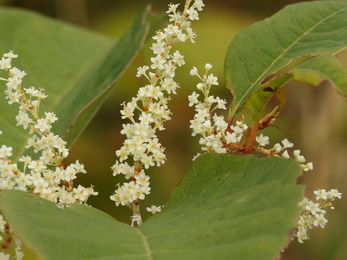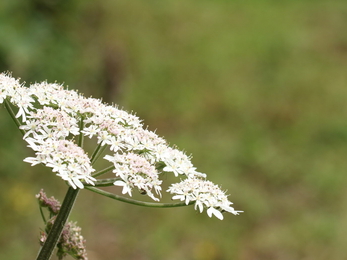I spent over 20 years living in North Wales and always had mixed feelings about the annual spectacle of Rhododendron (Rhododendron ponticum) blooming across some of the valley slopes of Eryri. For a few short weeks of the year, I would see the landscape splashed with the pinky mauve of their flowers, brightening up the otherwise rather austere backdrop of the region’s slate-mining heritage. However, the plants didn’t just restrict themselves to the otherwise bare spoil heaps and instead encroached upon and dominated adjacent woodlands and hill margins, taking over the habitat to the exclusion of anything else. Because of its impact on the native flora, this invasive plant, introduced to the UK in the late 1700s and first recorded in the wild a century later, has been the focus of extensive control efforts to try and allow the native plants of the woodland understory to regain their rightful place.
Now in my role as Delivery Manager for Northumbrian Water’s Bluespaces programme, helping to deliver environmental improvements to rivers, lakes and the coast throughout the north east of England, I’m involved in efforts to oust other over-boisterous and unwelcome arrivals from our landscape. Akin to Rhododendron, Himalayan Balsam (Impatiens glandulifera) attempts to bely us with its beauty, sporting intricate pink flowers very similar to those of its more polite garden cousin, the Busy Lizzy. However, beneath that delicate appearance lies a very aggressive plant. It’s a fast-growing, self-seeding annual that loves damp areas. River banks are just perfect because they are often difficult to access, leaving balsam unimpeded in its quest for supremacy. Here it can rapidly form dense shoulder-high stands, outcompeting anything else and then deploying its explosive seed dispersal mechanism that scatters seeds far and wide, many of which are carried downstream to other reaches of the watercourse. Having ousted any native plants that may have aspired to inhabiting their own little bit of river bank, it then dies back completely for the winter, leaving behind bare soil which is vulnerable to erosion by winter rain and floods. Not only does this contribute to deterioration of the river bank habitat, but it also leads to silt and sediment entering the watercourse. Although balsam is satisfyingly easy to pull up, it only takes a few missed plants to generate new stands in a very short space of time and so ‘balsam-bashing’ is now a widespread annual ritual that usually relies on armies of hard-working volunteers to keep the plant in check.




